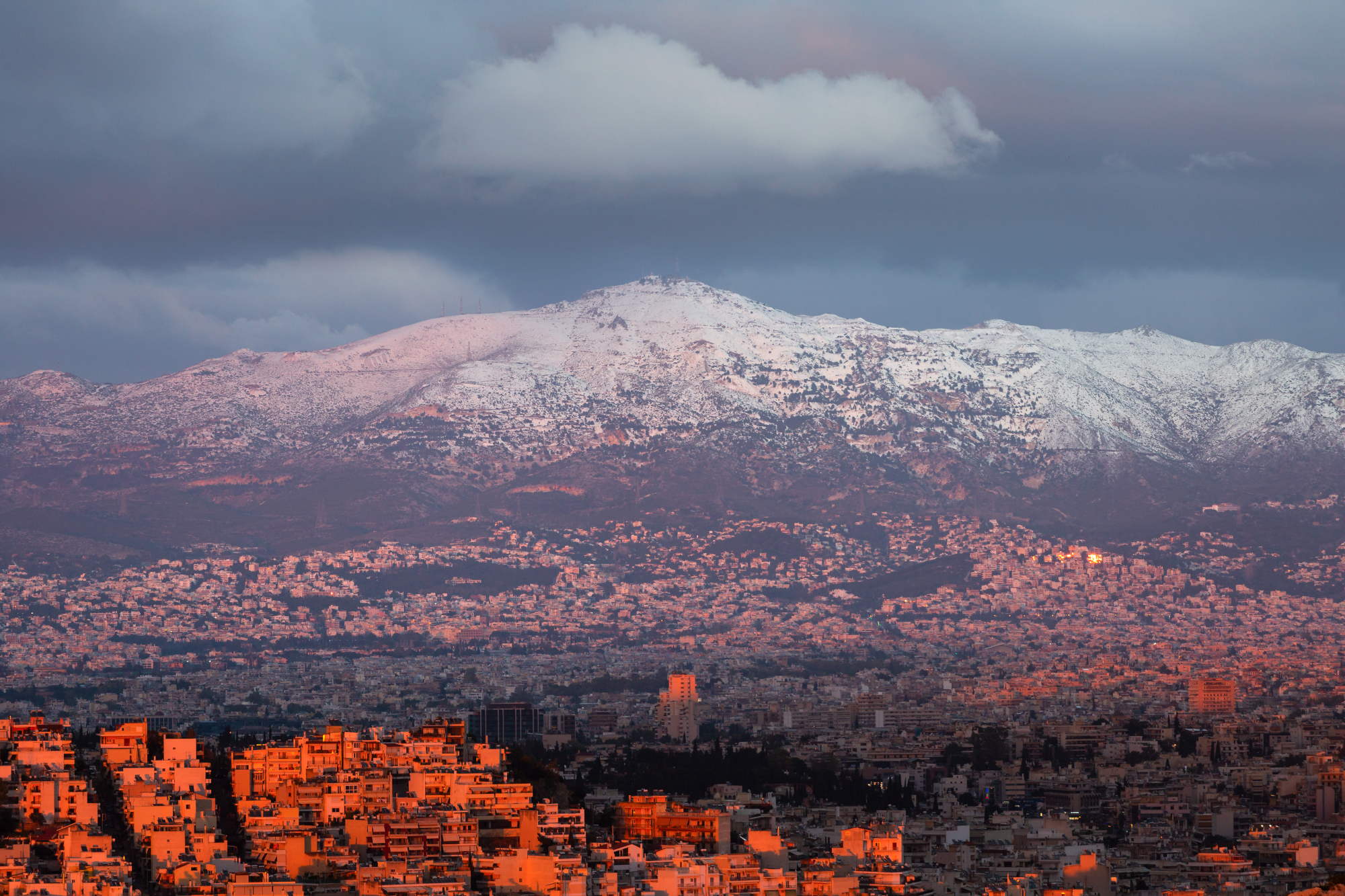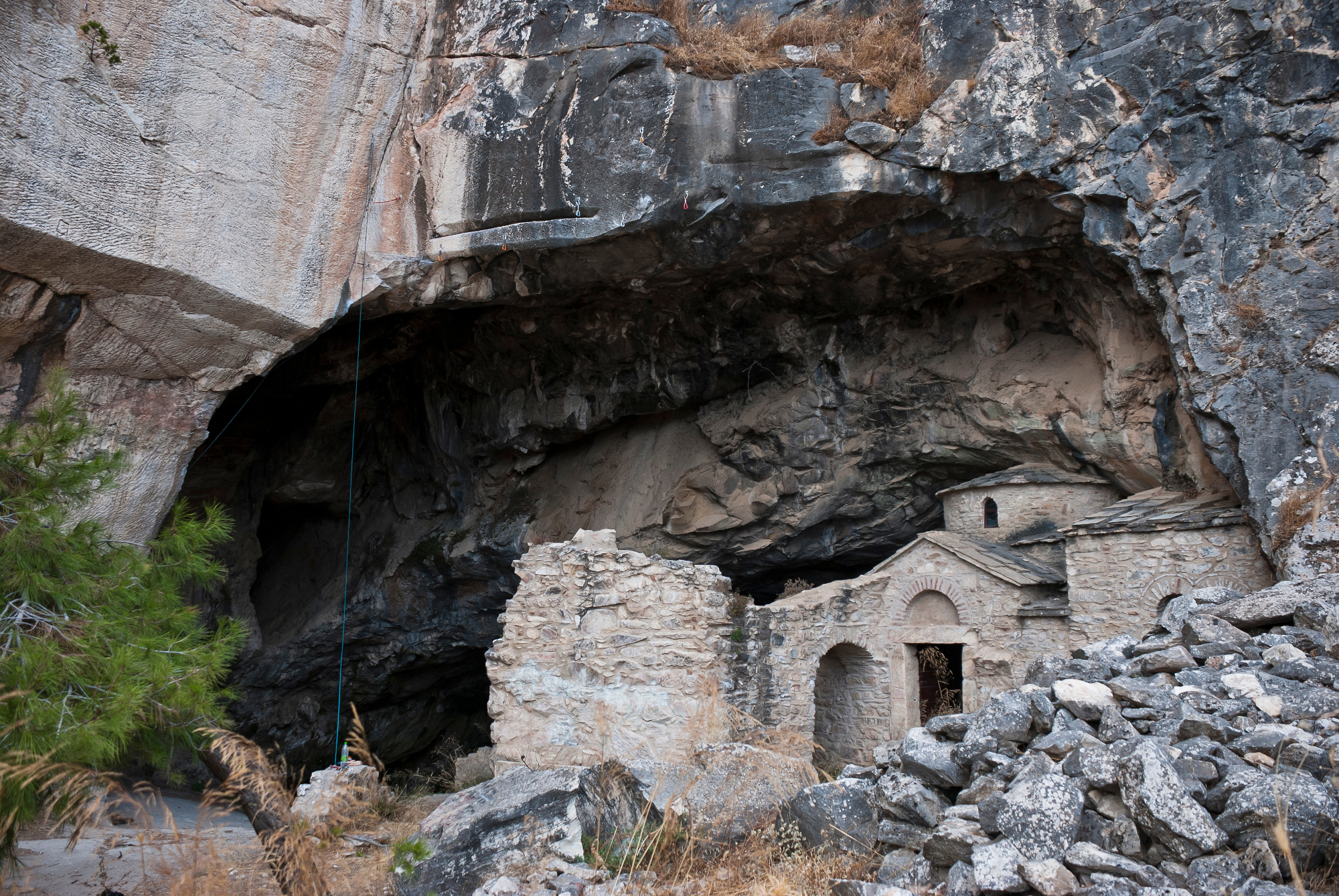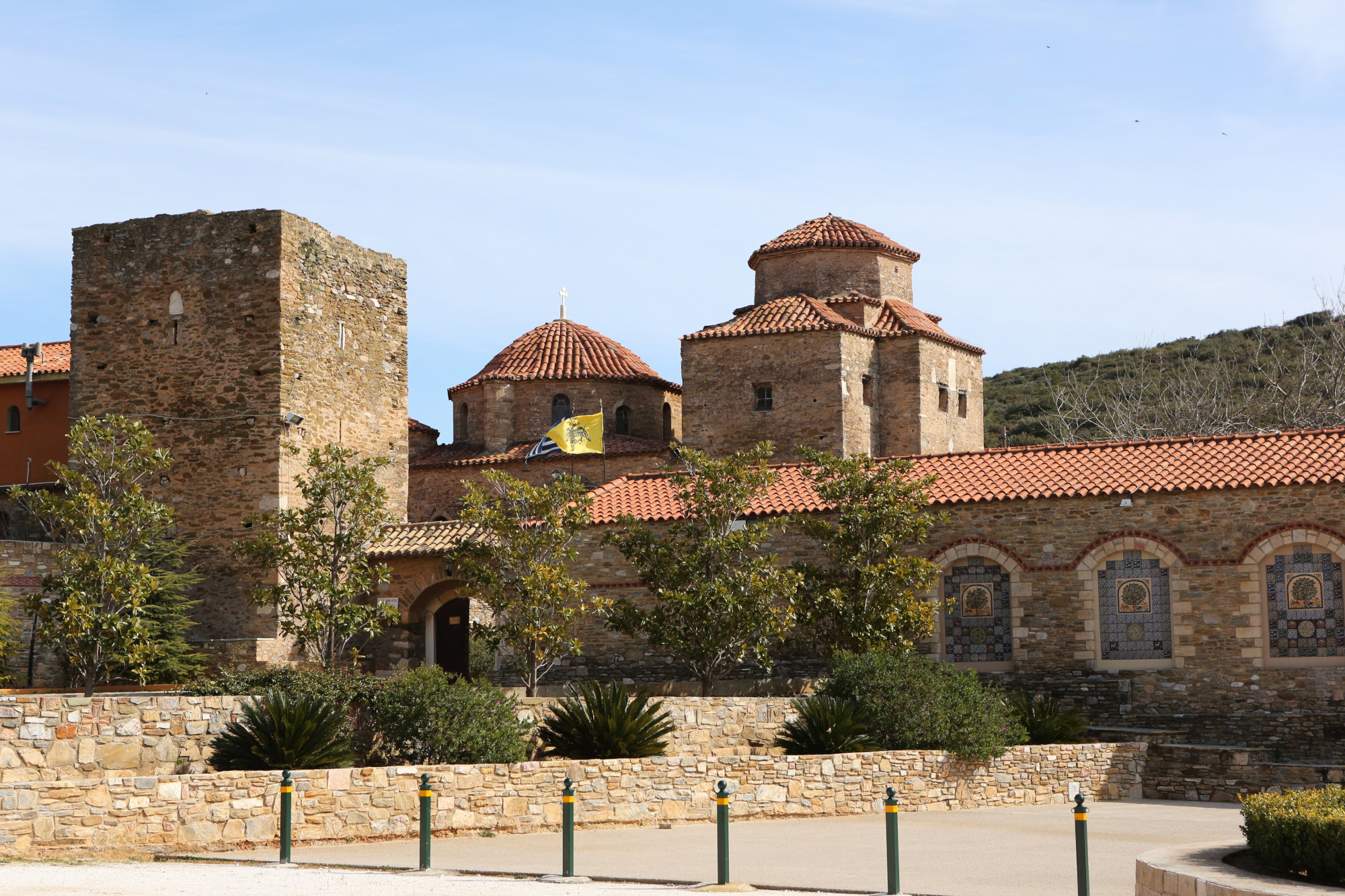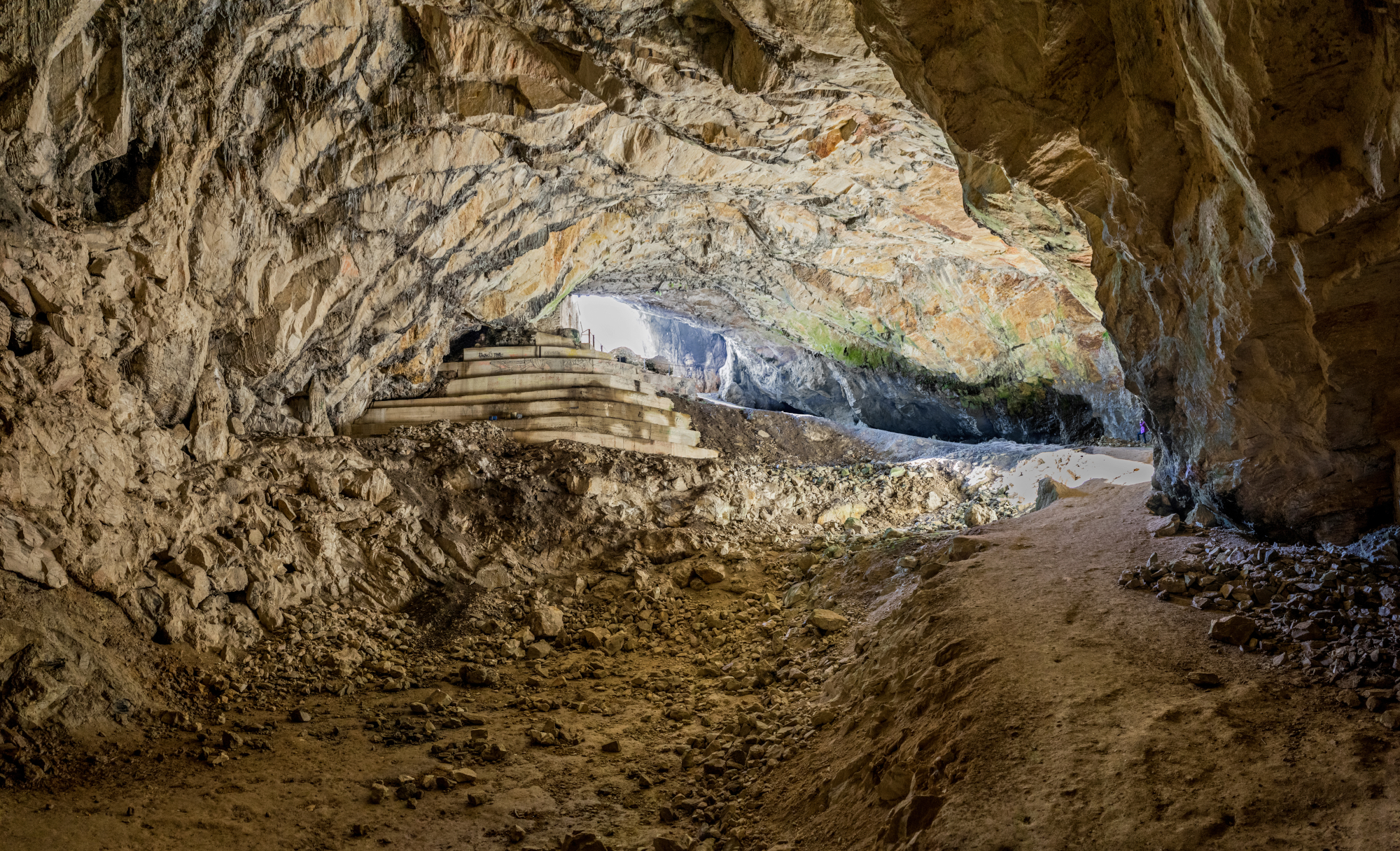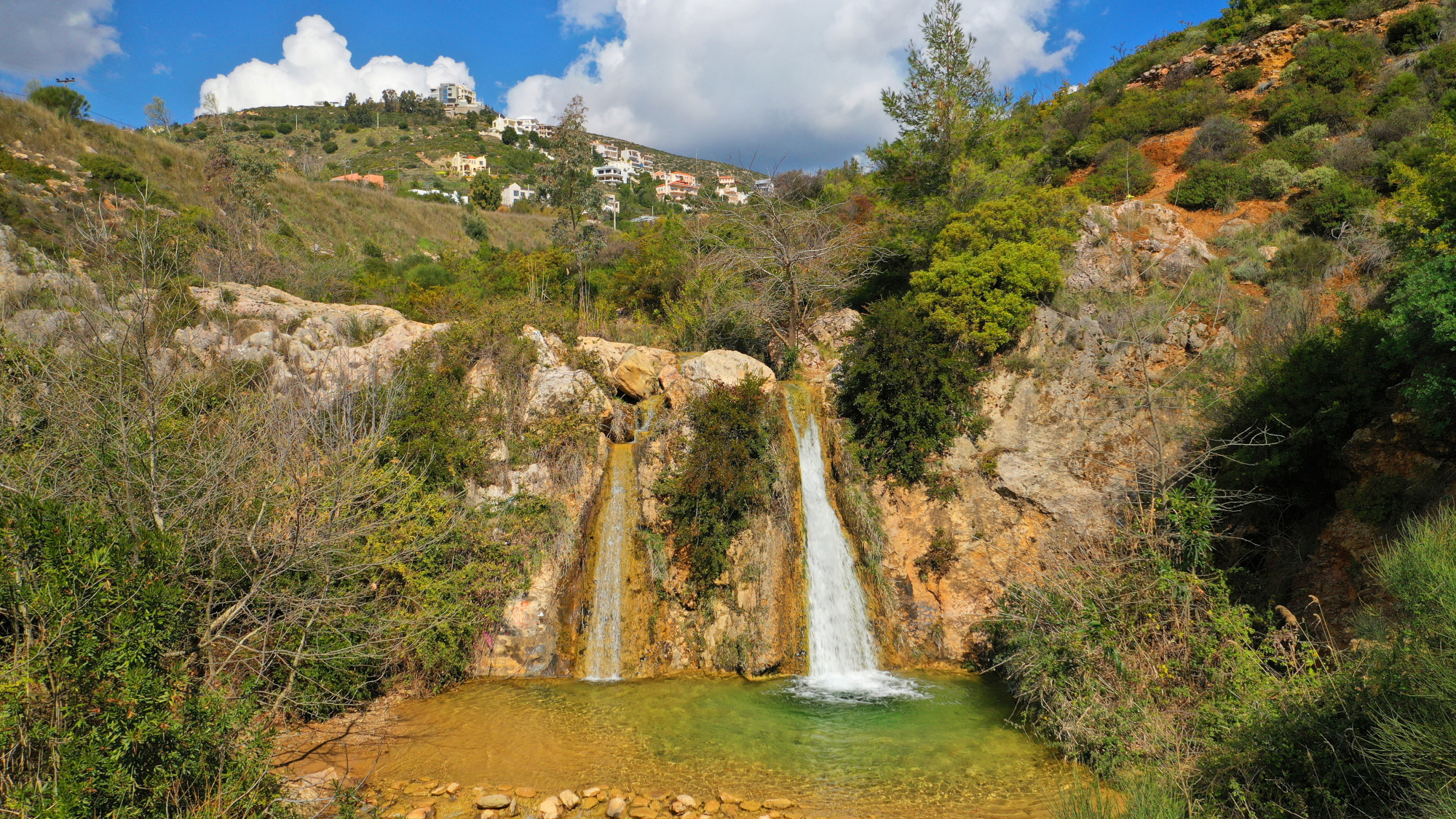With a summit at 1,109 metres, Mt Pendeli is a great place to climb up to relish a striking view of the Attica basin below, for a start. The second tallest mountain in the area after Mt Parnitha. Pendeli also has a broad choice of charming hiking routes and numerous points of interest like churches, monastries, caves and quarries.
Originally known as Vrilissos, the Pendeli mountain range’s name change has been attributed to Pausanias, a 3rd-century AD explorer and geographer. The ancient history of the mountain is significantly defined by its renowned Pentelic marble, used in many sculptures and the construction of well-known temples including the Parthenon in antiquity. Indeed in ancient Greece, Pentelic marble was thought to be of unparalleled quality.
During the Byzantine period, monasteries and churches were built on Mount Penteli. During early Christianity, monks chose to go there for their hermitages, while many isolated themselves in the dank mountain caves. The oldest Byzantine construction to remain standing there is Agios Spyridonas (12th century), a chapel carved into the renowned Davelis Cave . It is the oldest to have survived on the mountain, with stone sculptures preserved in its interior.
Climbing & Walking
Climbing this mountain treats one to wonderful views and experiences. Trek its routes, visit historic monasteries and small waterfalls and then sit at one of the well-known tavernas at its base to enjoy charcoal-grilled chops.
Throughout the Penteli mountain are numerous lovely walking routes of varying degrees of difficulty. A popular medium-level route starts from Davelis Cave and reaches the Agios Ioannis Latomon church. A particularly scenic walk is approximately 6 kilometres long on a circular route that runs around the Agios Panteleimonas monastery. The view of the basin along this route is marvellous.
Another great route that of Penteli-Halandri, begins from Davelis cave along the Lithagogia track, which once served as a transport route for taking Pentelic marble to Athens. The route continues towards the Mikri Kallithea area in Palaia Penteli and the church of Agia Marina in Melissia, crossing the Doukissis Plakentias bridge and concluding in Vrilissia’s Rematia (creek) Park. It’s also possible to go as far as Halandri from here, but this walk can last for as long as five hours. The route to Halandri will take you through the creek’s greenery as well as the urban landscape.
Reaching the Galaxy
Besides its trekking routes, the area also offers an entirely different experience at the National Observatory of Athens, where gatherings (reservations are required) are organized in the evening hours. On Fridays and Saturdays from 19:30, the observatory hosts a presentation about outer space and the universe. Including an interactive discussion with the audience, the presentation analyses the relationship between the Earth and the Moon and explains what stars are and how they differ from other planets.
The observatory also offers participants insight into the size and colour of planets, their lifespan and their importance for the existence of extraterrestrial life. Participants also learn how a universe is defined, what a galaxy is, how many galaxies can be observed from our planet, and much more. (Information: +30 210-3490022 or +30 210-8109107, weekdays, 09.00-14.00, www.astro.noa.gr).
Religious History
It’s well worth visiting the Penteli monastery, dedicated to the Dormition of the Mother of God. The monastery was founded in 1578 by the Bishop of Halkida, Timotheos, who gathered ascetics who were scattered, until then, around the mountain. The monastery flourished until the Greek Revolution of 1821, and its possessions included a library. The Katholikon, or central church of the monastery, and its nursing home are all that have survived the original monasterial complex. It acquired its current form following interventions made in 1953, transforming the church into a Mount Athos-type triple-conch church. The interior features old murals. (Information: Mon-Sun, 07:00-13:00 & 17:00-20:00, +30 210804 1771).
Equally worth visiting is the Pantokrator monastery, founded in the 9th century as a monastery for men, which is architecturally impressive. Its central church is one of the few hexagonal churches to have survived in Greece, and the tower at its entrance dates back to Byzantine times and may predate the monastery. Over the centuries, the church suffered many catastrophes, including an attack by Algerian pirates in 1680, during which 179 monks were slaughtered. The burial grounds had remained unknown until 1965 when the monks’ remains were unearthed during restoration work on the central church. Their relics are now kept in a shrine. (Information: Mon-Sat, 07:00-13:00 & 15:00 until sunset, all day on Sundays and major church feasts, www.pantokratoros-tao.gr).
Exploring the Davelis Cave
If you haven’t yet visited Davelis Cave, now is the time to do so. Once an ancient quarry from where marble was extracted for the construction of the Parthenon and other important 5th and 4th centuries BC monuments, it’s also where you’ll get a unique view of the wider Attica basin. The cave is 112 metres long and 45 metres wide and stands at an elevated position at 700 metres high. In the 19th century, it was associated and named after a bandit called Davelis, who used it as a hideout. In more modern times it has also been connected to metaphysical phenomena.
Waterfalls and Natural Splendour
The Penteli, Valanaris and Rapentosa waterfalls are among the most beautiful spots to visit just a short distance from Athens. The first of these, the Penteli Waterfall, is easily reachable, as it is situated close to Achaion Ave, in the Drafi area. It is between five and six metres tall and, the small pond created below it is a popular place for dips in the summer. The location is also a charming spot for picnics in winter when the climate is mild.
The Valanaris waterfall, one of the last wild ravines near Athens, is a wonderful sight, with a small stream around which several species of fauna, especially birds, live. You can reach it by car or walk up after parking in Rapentosa and climbing about five kilometres.
The Rapentosa waterfall, whose waters plunge from a height of 10 metres, more than compensates for the amount of walking and effort needed to reach this point. This is the tallest waterfall in the wider Athens area. It serves as a habitat for a wide range of river and swamp creatures. Butterflies, frogs, tadpoles and dragonflies hover over the clear water, creating an impressive wetland setting that is worth exploring.
Read also:
Family Fun 20 Minutes from Central Athens: Hiking and Biking on Hymettus Mountain
4 Mount Parnitha trails, easily reached, ideal for weekend escapes



